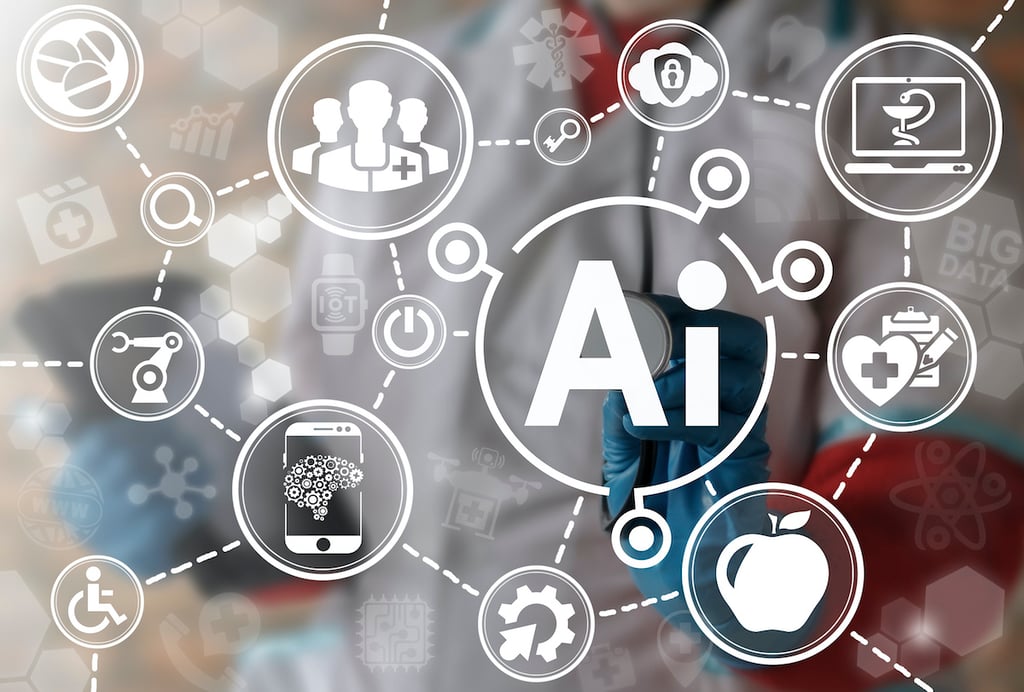The gap between what most senior business executives believe can be accomplished by investing in artificial intelligence (AI) and what can be really accomplished today using AI has now widened to the point where a backlash against AI in the enterprise may be all but inevitable.
Senior business leaders are motivated by a need to increase profitability. The cost of labor is almost invariably the single biggest drag on profitability. When business leaders hear about advances in machine and deep learning algorithms, there’s a tendency to assume that labor will soon be driven out of every imaginable process. In fact, a new report from researchers at Duke University and Grinnell College suggests most of the tax credits organization received in the last year are being plowed into buying machines that automate tasks that previously required a human to perform. The Trump administration is also making it clear that it sees investments in AI as a way to one day make government agencies more efficient. President Trump has signed an American AI Initiative that directs government agencies to prioritize investments in AI technologies.
Narrow AI, Strong AI, and Superintelligence
Despite all this enthusiasm, AI projects are prone to high rates of failure. Frequently the data sets being employed to drive an AI process are not sufficiently deep enough to create the desired result, or the goal that was set is well beyond the capabilities of the AI technologies at hand. In fact, for the foreseeable future, AI in most use cases will augment humans rather than replace them. AI will certainly make it easier for organizations to operate more cost-effectively at scale. But what passes for AI today tends to be what is described as narrow AI, which means a set of algorithms has been trained to automate one specific task. A second type of AI is known as strong AI or general intelligence, which loosely describes any task that a machine can do that would have previously required a human to perform. Too many business leaders think they are investing in general intelligence capabilities when in reality, that type of AI might be a decade or more away from being practically applied. The third type is known as superintelligence, which theoretically will exceed the brightest and most gifted human minds as AI models continue to learn, but remains firmly entrenched in the realm of science fiction.
Where AI Is Weak
In fact, some researchers are starting to raise serious questions about the viability of the algorithms being employed to drive AI applications. At the recent American Association for the Advancement of Science conference, Dr. Genevera Allen from Rice University warned her colleagues that there is a very good chance algorithms are automating functions based on information in data sets that may not at all reflect real-world conditions. That’s not to say there isn’t value in AI. But real-world processes incorporate a wide range of events that may not at all be reflected in the data set being relied upon to automate a process.
Even IBM, which arguably has done more to promote AI adoption than any IT vendor, is being more circumspect in how it describes the benefits of AI. At the recent IBM Think 2019 conference, IBM CEO Ginny Rometty told conference attendees that in most cases AI will be employed to augment rather than replace humans. What’s changing now is that AI is entering a new phase in which it is being embedded in enterprise-class applications, says Rometty.
“Chapter two of this digital reinvention will be enterprise driven,” says Rometty.
Where Humans and AI Will Coexist
One of the places that AI has already been applied in the enterprise most commonly involves robotic process automation (RPA). Expected to be valued at $8.69 billion by 2023, RPA employs bots developed using algorithms to automate rote processes involving, for example, the processing of documents. But even with all the recent advancements, it’s not likely humans engaged in this type of work will be eliminated any time soon, says Don Schuerman, CTO of Pegasystems, a provider of business process management (BPM) software that incorporates RPA functionality. Machines are simply not going to be able to provide the same level of customer experience or handle any complex exceptions to a defined process, says Schuerman.
“It’s hard to eliminate humans from the equation,” says Schuerman. “Nor would you want to.”
AI platforms will undoubtedly continue to get smarter. Cogitai, for example, has just made commercially available a Continua Software as a Service (SaaS) self-learning AI platform that makes use of reinforcement learning to make it easier for AI systems to self-learn. Today, most AI systems require humans to label data such as photographs to allow them to identify objects. The platform from Cogitai makes it simpler and faster to train an AI system to accomplish a specific task using a more sophisticated reinforcement technique, says Cogitai CEO Mark Ring.
“Supervised learning is powerful,” says Ring. “But it’s limited because the data has to be labeled by a human.”
But even as AI gets better, it’s already clear that AI will transform the role humans will play inside enterprise versus replace them. Accenture, for example, just unfurled SynOps, a framework that it has already employed to transform the roles of over 40,000 of its employees. Some jobs within Accenture might have gone away. But the consulting firm still employs over 450,000 people. The SynOps framework combines AI and other advanced analytics technologies and best practices that Accenture has defined after working with over 1,000 clients on various classes of digital business transformation projects to make processes more efficient within the context of human-machine interfaces, says Debbie Polishook, group chief executive of Accenture Operations.
“We want to lay out a clear journey to intelligent operations,” says Polishook.
Accenture is hardly the only consulting company to establish such a framework. The more important thing for business and IT leaders alike to remember is that any investment in AI needs to occur at a deliberate pace where expectations are set and benchmarks for defining success are clearly established. Business leaders that invest in AI in anticipation of reducing overall employee headcount any time soon are likely to become quickly disenchanted with AI. There will absolutely be gains in productivity that will make existing labor more efficient. But the number of jobs that will be outright eliminated is not likely to be anywhere near as high as many business leaders might think. Naturally, that potentially sets IT leaders up for a fall when goals that were not very realistic in the first place are not met. Savvy IT leaders will in the weeks and months ahead be well advised to minimize those expectations.








